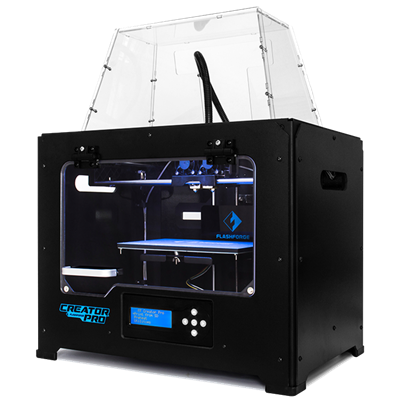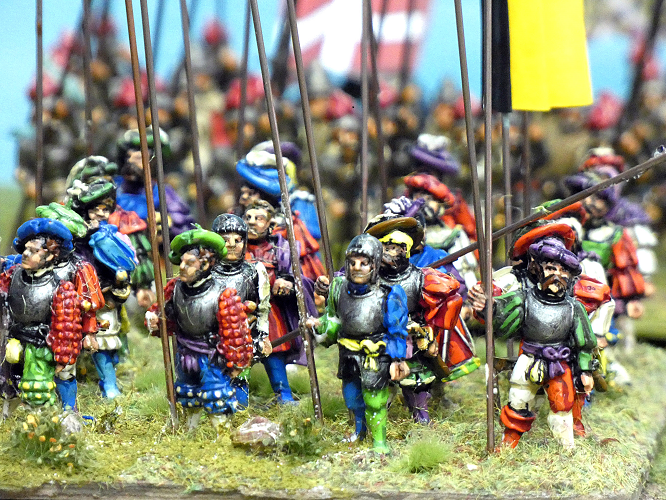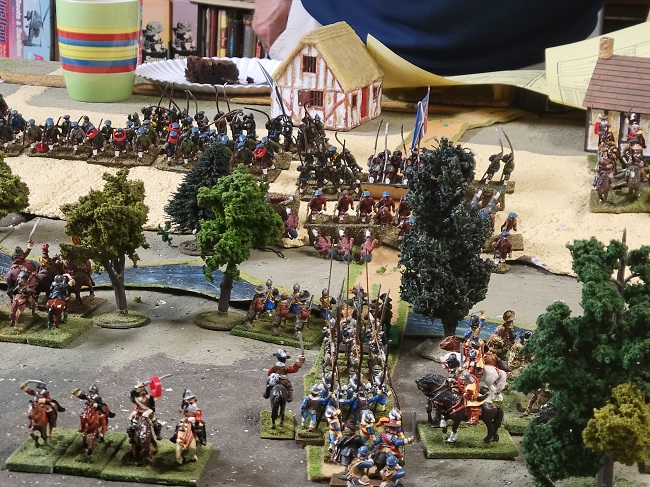3D printing has had a significant impact on various industries, and wargaming is no exception. How has 3D printing influenced wargaming?
3D printing allows wargamers to create highly customized miniatures and terrain pieces. This level of customization was almost impossible to achieve with traditional manufacturing methods. Players opting to use 3D printing can design their own units, characters, and structures, giving a unique and personal touch to their games.
Miniature designers can use 3D printing to rapidly prototype new miniatures and components. This accelerates the design process, enabling quicker testing and iteration of game mechanics and visual elements, and much less cost.
3D printing has made wargaming more accessible to a wider audience. Players can now obtain specific miniatures and components that might not have been available commercially, making the hobby more inclusive and diverse.
3D-printed terrain elements can enhance the visual appeal of wargaming setups. Complex and detailed landscapes can be created, adding to the immersive experience of the game.
Online communities, blogs and forums have emerged around 3D-printed wargaming. Designers share their creations with others, fostering a collaborative environment where players can benefit from each other’s designs.
With 3D printing, wargamers can convert or modify miniatures much more easily than in the past. This involves combining parts from different miniatures to create unique characters or units.
For historical wargaming, 3D printing can provide accurate representations of historical units, equipment, and vehicles. This attention to detail can enhance the educational and historical aspects of the game.
Game creators and players can produce the exact number of miniatures and components they need, reducing waste and excess inventory.
While 3D printing has brought numerous benefits to wargaming, it’s important to note that challenges also exist. The cost of quality 3D printers and materials can be a barrier for some players. Additionally, issues related to copyright and intellectual property can arise when individuals reproduce copyrighted miniatures without permission.




